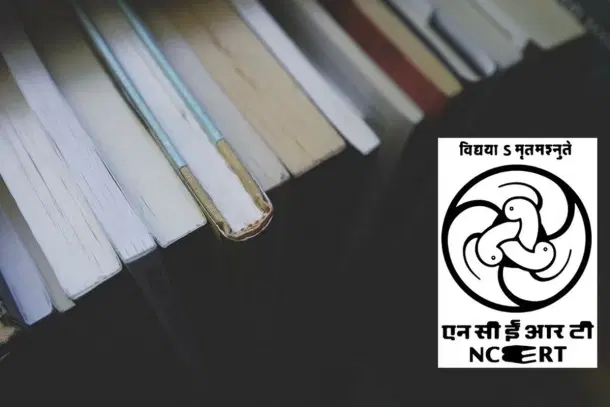News Brief
British Took India From Marathas, Used Indian Tax For Railways, Stole Cultural Artefacts: NCERT’s New Class 8 Social Science Textbook
Swarajya Staff
Jul 17, 2025, 01:35 PM | Updated 01:35 PM IST
Save & read from anywhere!
Bookmark stories for easy access on any device or the Swarajya app.


The new NCERT Class 8 Social Science textbook omits references to Tipu Sultan, Haidar Ali, and the Anglo-Mysore wars of the 1700s in its section on India’s colonial era, describing it as a period when India went from “one of the richest lands of the world" to become "one of the poorest", Indian Express reported.
Part 1 of the textbook, titled ‘Exploring Society: Indian and Beyond,’ was launched this week for the current academic session, with Part 2 expected later this year.
The colonial era chapter spans from the late 1400s, with Vasco da Gama’s arrival, to the late 1800s, including the ‘Great Indian Rebellion of 1857.’
It tracks Britain’s transition from traders to rulers, highlights the 1757 Battle of Plassey, a decisive victory for the East India Company against Nawab of Bengal in 1757, and details the “drain of India’s wealth” during this time.
The textbook also covers early resistance movements against British colonialism leading to the 1857 rebellion, mentioning the ‘Sannyasi-Fakir rebellion’ of the 1700s, the Kol Uprising, the Santhal rebellion, and various “peasant uprisings” of the 1800s.
A separate chapter on the Marathas in the book discusses the Anglo-Maratha wars (1775–1818) and states that “the British took India from the Marathas more than from the Mughals or any other power”.
The previous Class 8 textbook covered the East India Company’s expansion from 1757 to 1857, highlighting resistance from Mysore rulers Haider Ali and Tipu Sultan, “the Tiger of Mysore,” as well as the four Anglo-Mysore Wars in the 1700s.
It also detailed the Marathas’ conflicts with the East India Company.
The textbook describes the “age of colonialism” and European expansion from the 15th century in different parts of the world, noting that while colonisers claimed a “civilizing mission,” the reality was marked by “destruction of traditional ways of life” and the imposition of foreign cultural values.
The new book highlights that until the 16th century, before European powers arrived in the Indian subcontinent, India contributed “at least one-fourth of the world GDP,” making it one of the two largest global economies alongside China.
A subsequent section notes that "India’s share of the world GDP kept declining throughout the colonial rule, reaching hardly 5 per cent at the time of Independence. In less than two centuries, one of the richest lands of the world had become one of the poorest.”
A section on the “drain of India’s wealth” says that colonisers extracted “many billions of pounds” from India, with a recent estimate by Utsa Patnaik putting the figure at $45 trillion (in today’s value) from 1765 to 1938.
“Had this wealth remained invested in India, it would have been a very different country when it attained independence,” it says.
The book argues that the construction of India’s railways “was not a gift from the colonial rulers.”
It states that “most of it was paid for by Indian tax revenue,” meaning the infrastructure mainly served British strategic and commercial interests. The same applies to the telegraph network, according to the textbook.
The book says that colonial powers “stole thousands of statues, paintings, jewels, manuscripts, and other cultural artefacts from India and sent them to European museums or private collections".
It adds that this “massive theft” occurred throughout the colonised world.
The previous Class 8 textbook did not include sections on the railways, the “theft” of artefacts, or world GDP.





